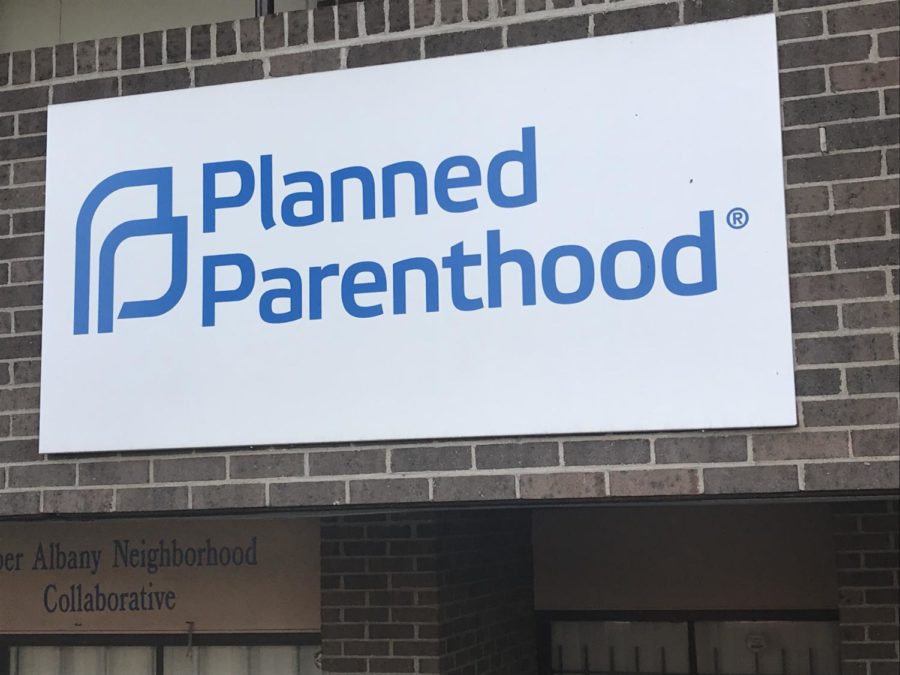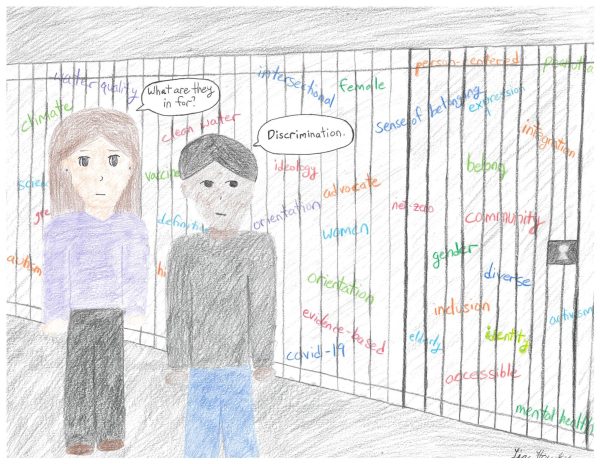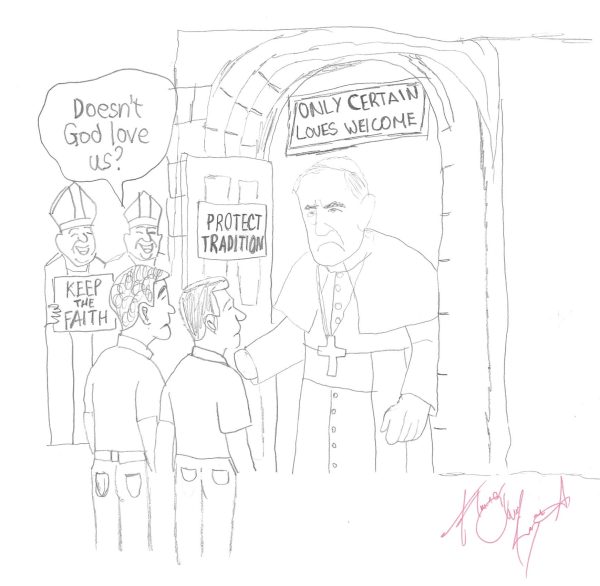The Abortion Debate
Planned Parenthood in Hartford, CT.
According to the Guttmacher Institute, an estimated 926,240 abortions took place in the United States in 2014—down from 1.06 million in 2011. From 1973 through 2011, nearly 53 million legal abortions occurred in the U.S. As you can see, the numbers of abortions every year has been slowly decreasing, but the numbers are still surprising to put in perspective. Abortion has been an option for pregnant women since the 1800’s. However, the practice was not legally introduced until the Supreme Court decision in 1973. Roe v Wade was a case located in Texas where abortion was illegal unless the mother was at risk. With a 7-2 decision, Jane Roe won her case. The Supreme Court concluded that the decision to abort is protected by privacy and equal protection rights stated under the Fourteenth Amendment.
However for Jane and many other women in our current society they face a separate issue. Gender blaming constantly resurfaces in court cases and the decisions that are made by the courts. Women have the tendency to fall under victim shaming which then causes them to not want to come forward at all. According to the Guardian, “Two out of three rape victims do not report their assault to the police.” Victims are then forced to believe that their voice won’t be heard, or will be ignored altogether due to the social construct in our current society. Many people argue that “she asked for it” or “shouldn’t have been drunk that night” which puts all the blame on the women in the situation. Males are rarely at fault for their actions.
Not only that, but victims face extreme trauma and have to undergo therapy to help them recover. However full recovery is highly doubtful since they most likely remain scarred for the rest of their lives. A huge portion of this abortion debate is centered around these rape cases and if a woman should be allowed to abort the child. According to the US National Library of Medicine, rape related pregnancies are more common than most think with a number of 32,101 cases per year. “Only 11.7% of these victims received immediate medical attention after the assault, and 47.1% received no medical attention related to the rape.” This demonstrates how almost half of the victims were left with no help despite the traumatic experience they went through.
Abortion laws vary from state to state regarding waiting time, notice, and consent surrounding the procedure. Abortion is legal in all 50 states due to the Roe v Wade case, but each state can put their own set of rules to limit and regulate abortion. These regulations are called “trigger laws”, and they could make abortion illegal in the first and second trimester of the pregnancy if Roe v Wade was overturned. Out of the 50 states, 6 have trigger laws and 3 other states are in the process of criminalizing abortion. Many states including Louisiana, Kansas, and Mississippi have set out bills to ban abortion and most forms of it, only to have them be veto or die in the process.

Pregnancy test options at local town pharmacy.
In every state, there has to be at least one abortion clinic available to the public. However, the Trump Administration plans to cut funding from various abortion clinics with Planned Parenthood being one of the first, which offers birth control at a reduced price for everyone. According to National Public Radio, in May 2018 a federal budget review was in process in which he had the opportunity to “fulfill his campaign promise to ‘defund’ Planned Parenthood.” The government has continued to enforce this idea by trying to reduce abortion, cutting funds at Planned Parenthood, and removing funds from clinics that provide ways to prevent unwanted pregnancies.
As of 2018, public support for legal abortion remains as high as it has been in two decades of polling. Currently, 58% Americans say abortion should be legal in all or most cases, while 37% say it should be illegal in all or most cases. About 6 in 10 white evangelical have the opinion that abortion should remain illegal according to the studies of the National Public Opinion. Protestants (61%) think abortion should be illegal in all or most cases. About 6/10, or 59%, of Republicans say abortion should be illegal in all or most cases, meanwhile 3/4, or 76%, of Democrats say abortion should be legal in all or most cases. Men and women express similar views on abortion (even though it sounds incorrect); 60% of women say it should be legal in all or most cases, as do 57% of men in America.
Public support for abortion rights has remained relatively steady in recent decades. More than four decades after the U.S. Supreme Court’s Roe v. Wade decision from one of the most polarising moral issues, opponents and supporters of abortion rights are still debating over this such taboo issue in court, in state legislatures and simply amongst themselves. Abortion is a very painful topic for women and men who find themselves facing the moral dilemma of whether or not to terminate a pregnancy.






